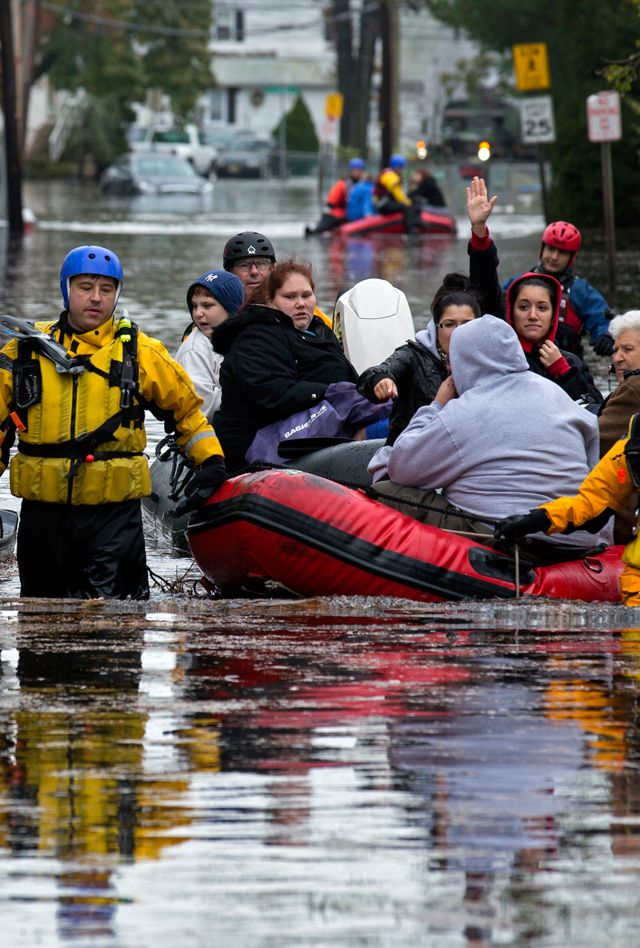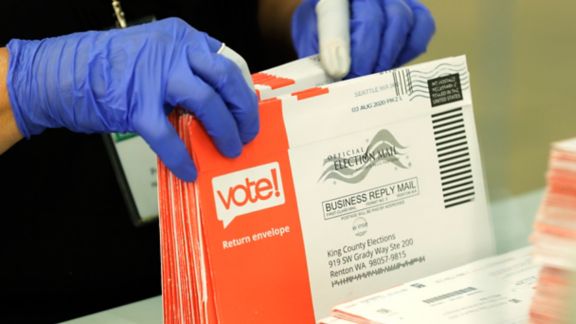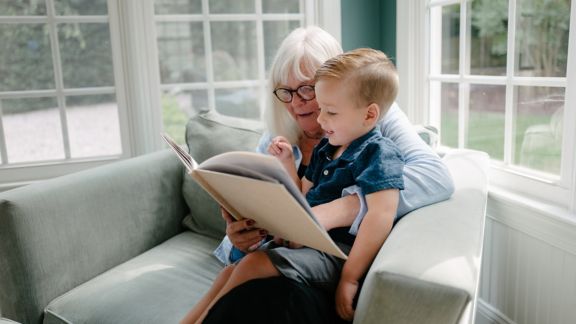Resilience in the Wake of Superstorm Sandy

In the United States, there is growing awareness of and attention to the tremendous, lasting damage and loss of life in communities affected by natural disasters. This attention brings the topics of preparedness, response, and recovery to the fore. Central to these discussions is resilience: how and why some individuals, and some communities, recover from natural disasters more quickly and effectively than others.
Superstorm Sandy, which made landfall on October 29, 2012, affected large areas of coastal New York and New Jersey. It devastated communities, killed more than 130 people, and caused tens of billions of dollars in property damage. The high level of damage and often slow recovery from natural disasters such as Superstorm Sandy are causing policymakers, emergency managers, and local leaders to ask: what characteristics of a community make it more resilient and thus better able to respond effectively?
A study by the Associated Press-NORC Center for Public Affairs Research found that as a result of Superstorm Sandy, many affected Americans say they turned to family and friends, both near and far, as well as neighbors, for support or assistance. About a third of the affected region reached out to nearby friends, family, and neighbors for help in the aftermath of the storm. Far fewer affected Americans turned to the government for support or assistance.
The study also found that although most of the affected regions report high levels of recovery, many individuals and neighborhoods continue to struggle. Among the hardest hit in the region, nearly 40 percent report that their neighborhood is less than halfway recovered six months out from the storm, and over 20 percent of them believe their neighborhood will never fully recover.
Neighborhoods lacking in social cohesion and trust are more generally having difficulty recovering from Sandy. Individuals in slowly recovering neighborhoods are less likely to believe that people can be trusted or that the storm brought out the best in people than neighborhoods reporting greater recovery levels. Individuals in slowly recovering neighborhoods are also more likely to report greater levels of hoarding food and water, looting and stealing, and vandalism during or immediately after the storm.
The AP-NORC Center conducted the national survey April 19-June 2, 2013, with funding from the Rockefeller Foundation, The survey included 2,025 individuals with an oversample of 1,007 interviews with residents in the New York and New Jersey region affected by Superstorm Sandy.
Further results available on the AP-NORC Center website.
Related Tags
Project Leads
-
Jennifer Benz
Senior Vice PresidentSenior Staff -
Trevor Tompson
Senior FellowSenior Staff








